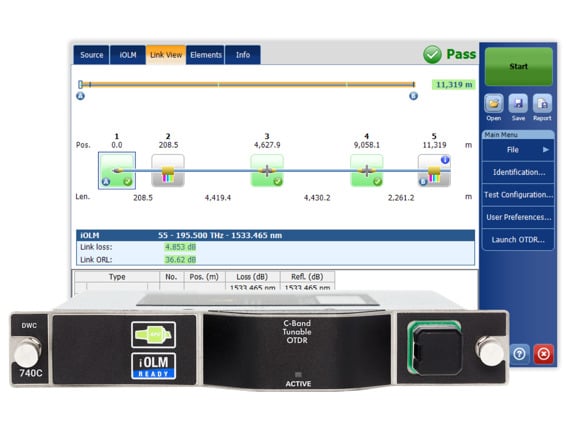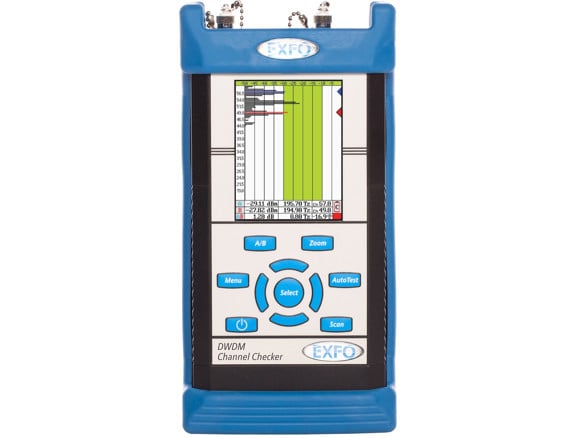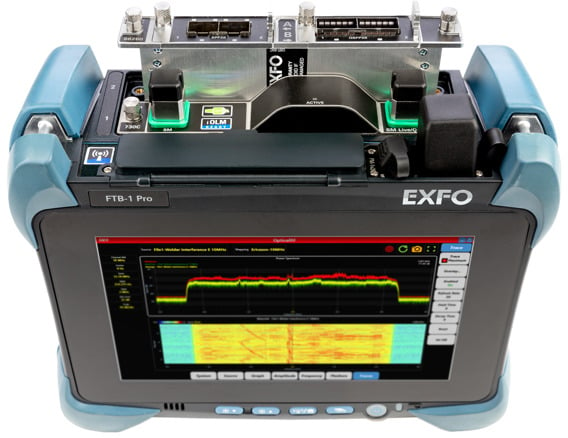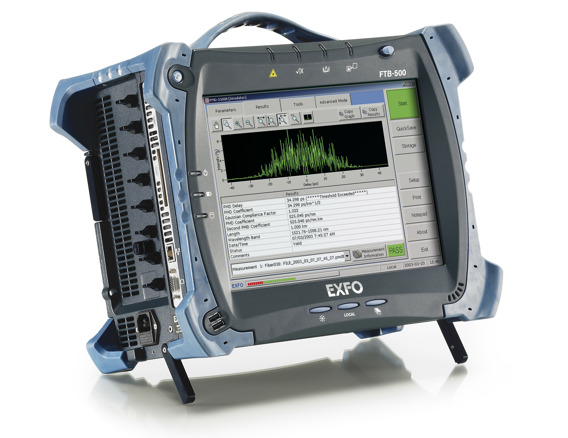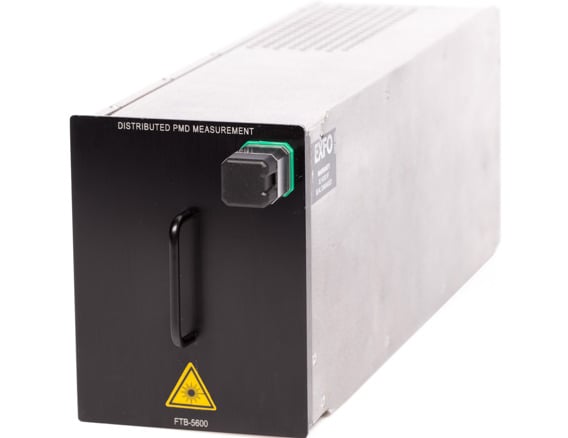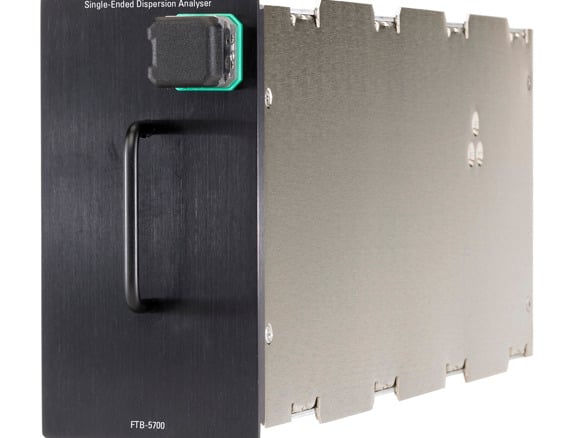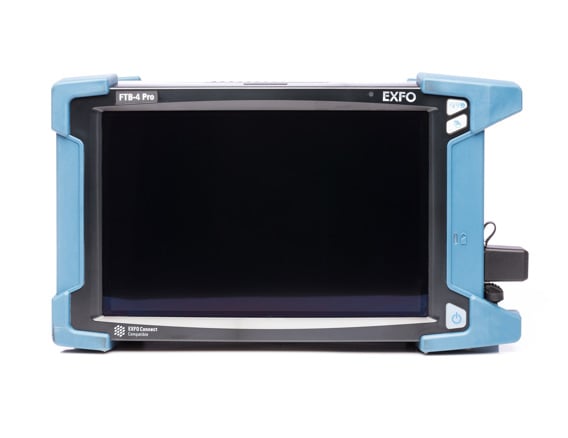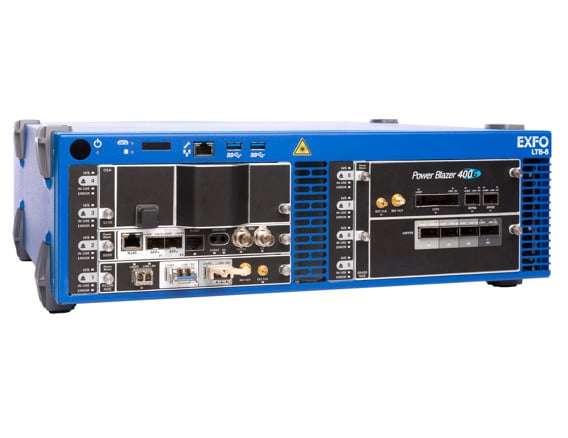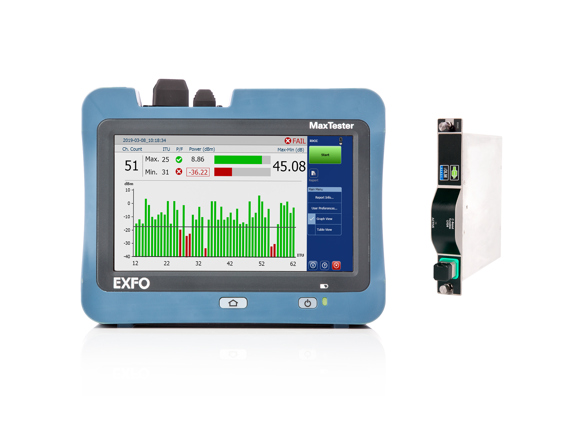Resources
All resources
Application notes
How to perform in-service Pol-Mux OSNR measurements with your FTBx-5255 optical spectrum analyzer - English
(October 01, 2018)
Application notes
Best practices for in-service Pol-Mux OSNR measurements during maintenance - English
Reference posters
5G testing done right - English
(April 17, 2024)
Reference posters
5G testing done right - 中文
(April 17, 2024)
Reference posters
5G testing done right - Español
(April 17, 2024)


